The Europe Automated Material Handling Equipment Market is characterized by a dynamic competitive landscape, driven by technological advancements and increasing demand for efficiency in logistics and warehousing. Key players such as KION Group AG (Germany), Dematic (Germany), and SSI Schaefer (Germany) are at the forefront, each adopting distinct strategies to enhance their market positioning. KION Group AG focuses on innovation through the development of advanced automation solutions, while Dematic emphasizes digital transformation and smart warehouse technologies. SSI Schaefer, on the other hand, is leveraging its extensive experience in modular systems to cater to diverse customer needs, thereby shaping a competitive environment that is increasingly reliant on technological prowess and operational efficiency.
The market structure appears moderately fragmented, with a mix of established players and emerging companies vying for market share. Key business tactics include localizing manufacturing to reduce costs and optimize supply chains, which is particularly relevant in the context of rising operational expenses. The collective influence of these major players fosters a competitive atmosphere where innovation and customer-centric solutions are paramount, allowing them to maintain a competitive edge.
In August 2025, KION Group AG (Germany) announced the launch of its new generation of automated guided vehicles (AGVs), designed to enhance operational efficiency in warehouses. This strategic move underscores KION's commitment to innovation and positions it to meet the growing demand for automation in logistics. The introduction of these AGVs is likely to strengthen KION's market presence and appeal to a broader customer base seeking advanced material handling solutions.
In September 2025, Dematic (Germany) unveiled its latest AI-driven warehouse management system, which integrates seamlessly with existing infrastructure. This development reflects Dematic's focus on digital transformation and the increasing importance of data analytics in optimizing warehouse operations. By enhancing operational visibility and decision-making capabilities, this system could significantly improve efficiency for clients, thereby reinforcing Dematic's competitive position in the market.
In July 2025, SSI Schaefer (Germany) entered into a strategic partnership with a leading e-commerce platform to develop customized automated storage solutions. This collaboration highlights SSI Schaefer's adaptability and responsiveness to market demands, particularly in the rapidly evolving e-commerce sector. By aligning its offerings with the needs of this growing market, SSI Schaefer is likely to enhance its competitive advantage and drive future growth.
As of October 2025, the competitive trends in the Europe Automated Material Handling Equipment Market are increasingly defined by digitalization, sustainability, and the integration of artificial intelligence. Strategic alliances among key players are shaping the landscape, fostering innovation and enhancing operational capabilities. Looking ahead, it is anticipated that competitive differentiation will evolve, shifting from traditional price-based competition to a focus on technological innovation, supply chain reliability, and sustainable practices. This transition may redefine how companies position themselves in the market, emphasizing the importance of agility and responsiveness to changing customer needs.

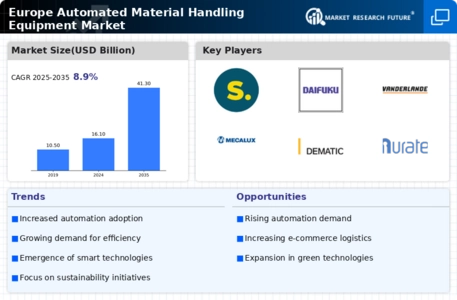
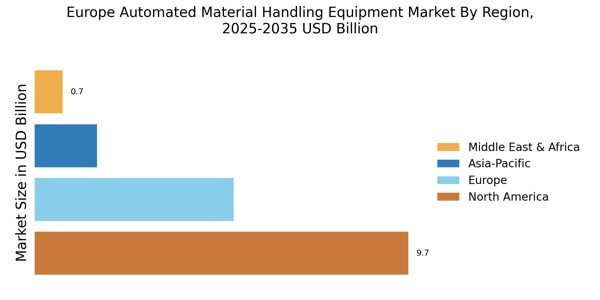

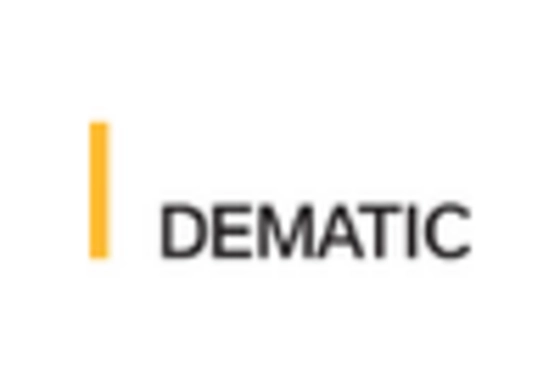

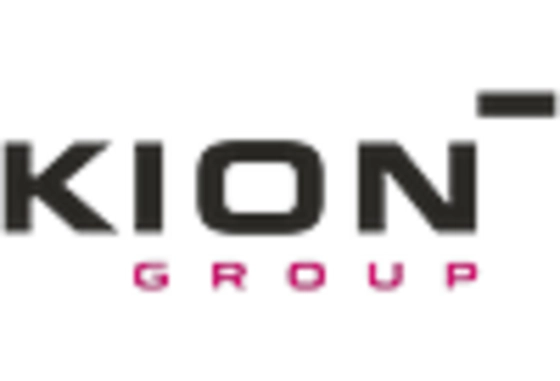
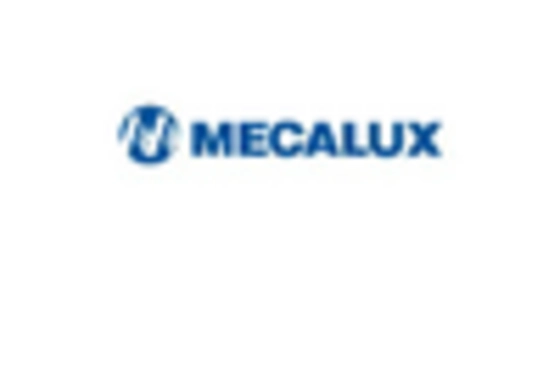
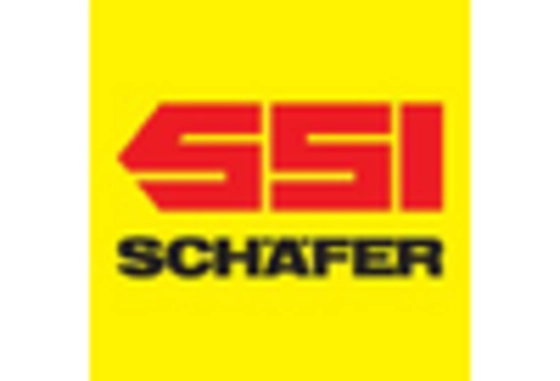








Leave a Comment